As the winter season arrives, many gardeners and plant enthusiasts start to shift their attention towards indoor plants. Winter can be a tough time for plants as the low temperatures, lack of sunlight and dry air can create a harsh environment for them. However, there are a variety of indoor plants that thrive in winter conditions, adding colour, texture and life to your home during the colder months. In this article, we’ll explore some of the best indoor plants to grow in the winter season, their care requirements and how they can enhance your home.
Table of Contents
Poinsettia (Euphorbia pulcherrima)
Poinsettias are classic winter plants prized for their striking red and green foliage. It makes them a popular choice for indoor decoration during the winter months. Poinsettias grow optimally in bright, indirect light. They also prefer a humid environment, so consider placing a tray of water near the plant to increase the moisture levels in the air.
Christmas Cactus (Schlumbergera)
The Christmas cactus is another popular winter plant that blooms during the holiday season. It produces beautiful pink, white or red flowers that add a pop of colour to your home. Christmas cacti prefer bright, indirect light.They thrive in humidity, so consider misting the plant with water regularly or placing a tray of water nearby.
Amaryllis (Hippeastrum)
Amaryllis bulbs produce stunning flowers in a variety of colours, including red, pink, white and orange. They can also grow up to 2 feet tall (0.6 metres), making them a striking addition to any room. Amaryllis bulbs should be planted in a well-draining soil mix and placed in a sunny spot. Regular watering is needed, however not overwatering, as too much moisture can cause the bulbs to rot.
Spider Plant (Chlorophytum comosum)
The spider plant is a hardy indoor plant that can thrive in a range of conditions. It produces long, narrow leaves and small white flowers, making it a great option for adding texture to your home. Spider plants prefer bright, indirect light and should be watered only when the soil is dry. They can also tolerate a range of temperatures, making them a great option for homes with varying temperature levels.
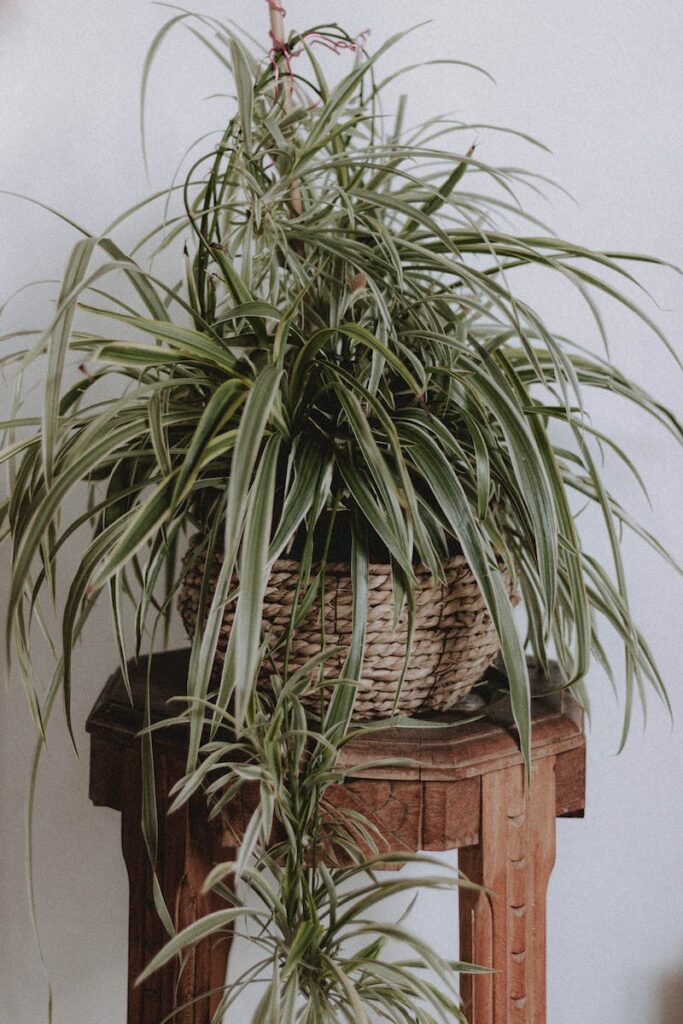
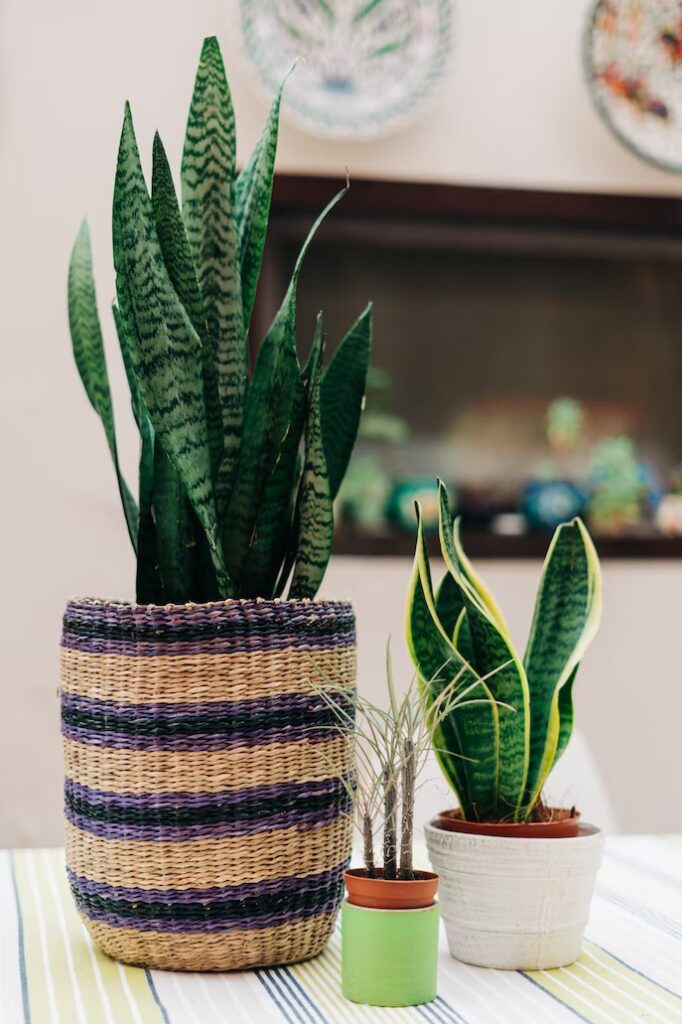
Snake Plant (Sansevieria trifasciata)
The snake plant, also known as mother-in-law’s tongue, is a popular indoor plant that is low maintainance and can thrive in low-light conditions. It produces long, upright leaves that can grow up to 4 feet tall (1.2 metres), making it a great option for adding height to your indoor garden. Snake plants prefer low to medium light and should be watered sparingly, as they are susceptible to root rot. They also prefer a dry environment, so avoid overwatering and consider placing them in a room with low humidity levels.
Peace Lily (Spathiphyllum)
The peace lily is a popular indoor plant that produces beautiful white flowers and can help purify the air in your home. It can grow up to 3 feet tall (0.9 metres) and thrives in low to medium light conditions. Peace lilies prefer moist soil and should not be overwatered. They also prefer humidity, so consider placing them in a bathroom or kitchen where the humidity levels are higher.
English Ivy (Hedera helix)
English ivy is a popular trailing plant that can add a touch of green to any indoor space. It produces small, green leaves that can trail down shelves or hang from baskets, creating a visually appealing display. English ivy prefers bright, indirect light and should be watered when the soil feels dry. It also prefers a cooler environment, making it a great option for homes with lower temperatures during the winter months.
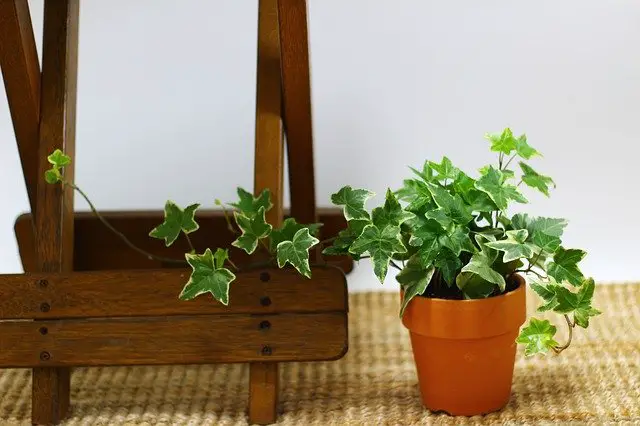
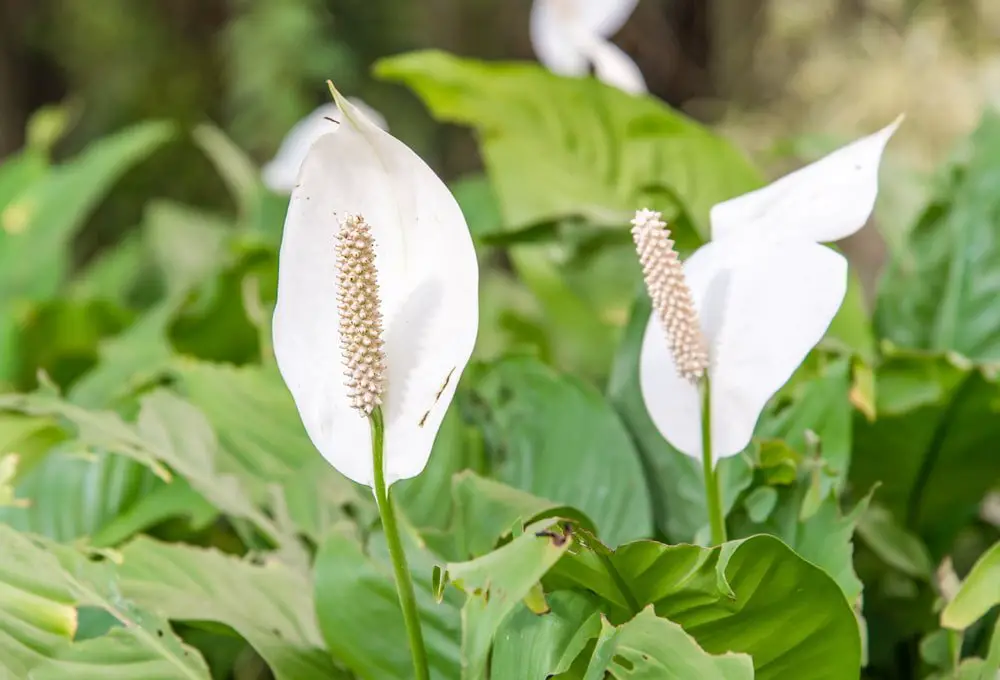
African Violet (Saintpaulia)
African violets are a beautiful indoor plant that produces delicate, purple flowers that can bloom all year round. They prefer low to medium light conditions and can grow up to 6 inches tall (15 centimeters), making them a great for smaller spaces. African violets prefer moist soil and requires regular watering, however, avoid getting water on the leaves as this causes damage. They also prefer humidity, so consider misting them with water regularly or placing them on a tray of water to increase humidity.
Jade Plant (Crassula ovata)
The jade plant is a succulent that is known for its fleshy leaves and tree-like appearance. It can grow up to 3 feet tall (0.9 metres) and is a great for adding texture to your indoor garden. Jade plants prefer bright, indirect light.They also prefer a dry environment, so avoid overwatering and consider placing them in a room with low humidity levels.
ZZ Plant (Zamioculcas zamiifolia)
The ZZ plant is a low-maintenance indoor plant that can thrive in low-light conditions. It produces glossy, dark green leaves that can grow up to 3 feet tall (0.9 metres), making it a great option for adding height to your indoor garden. They also prefer a dry environment, so avoid overwatering and consider placing them in a room with low humidity levels.
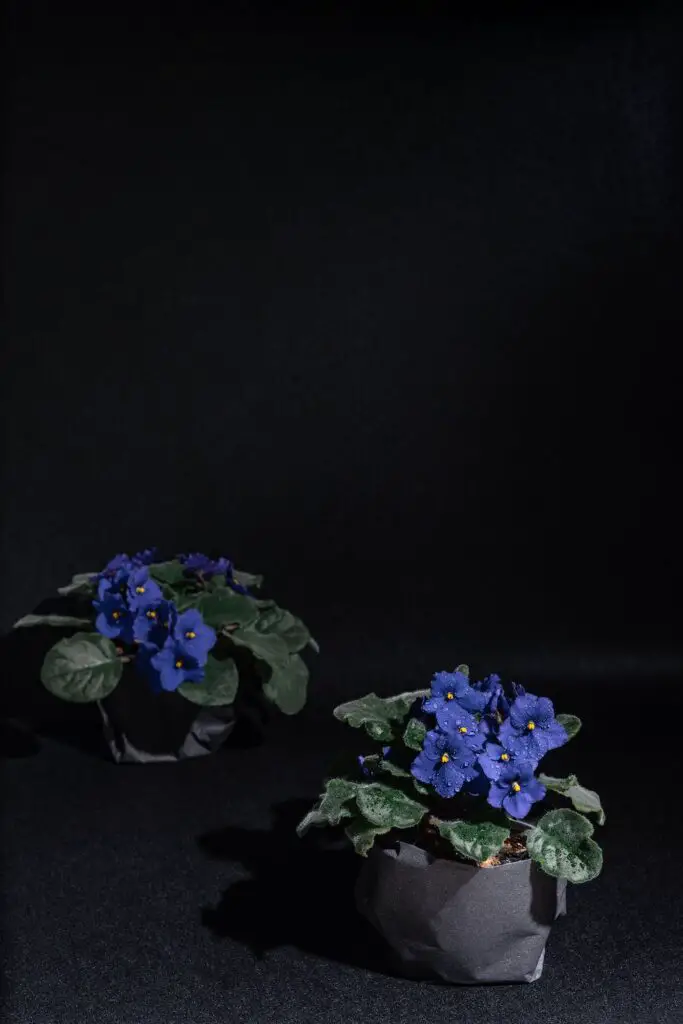
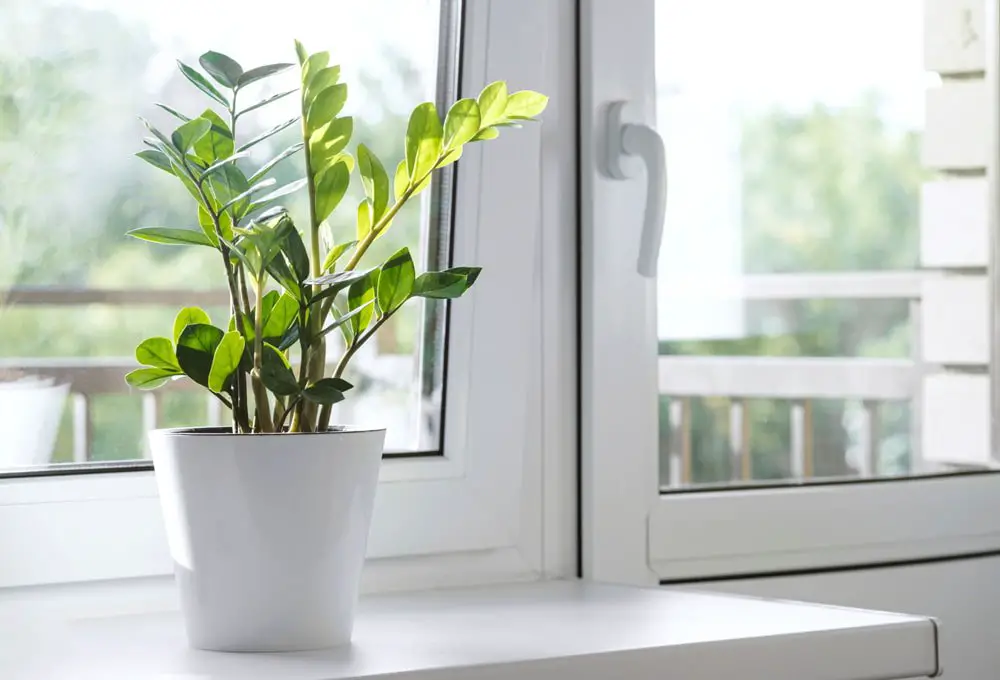
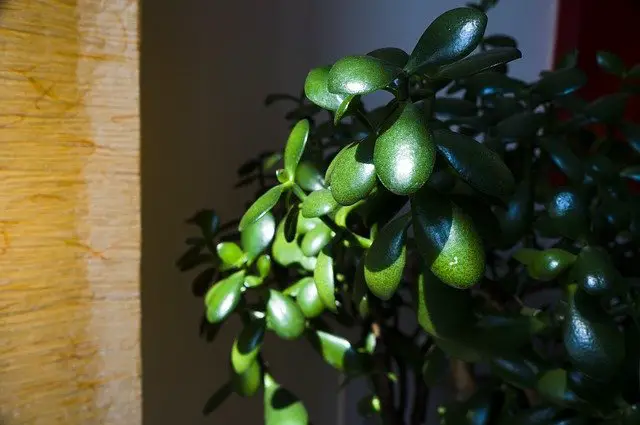
Conclusion
There are many indoor plants that can thrive during the winter season, adding colour, texture and life to your home. When selecting plants for your indoor garden, consider their care requirements, the light and humidity they need, and the temperature levels in your home. With a little bit of care, you can create a beautiful and thriving indoor garden that will brighten up your home during the colder months.

